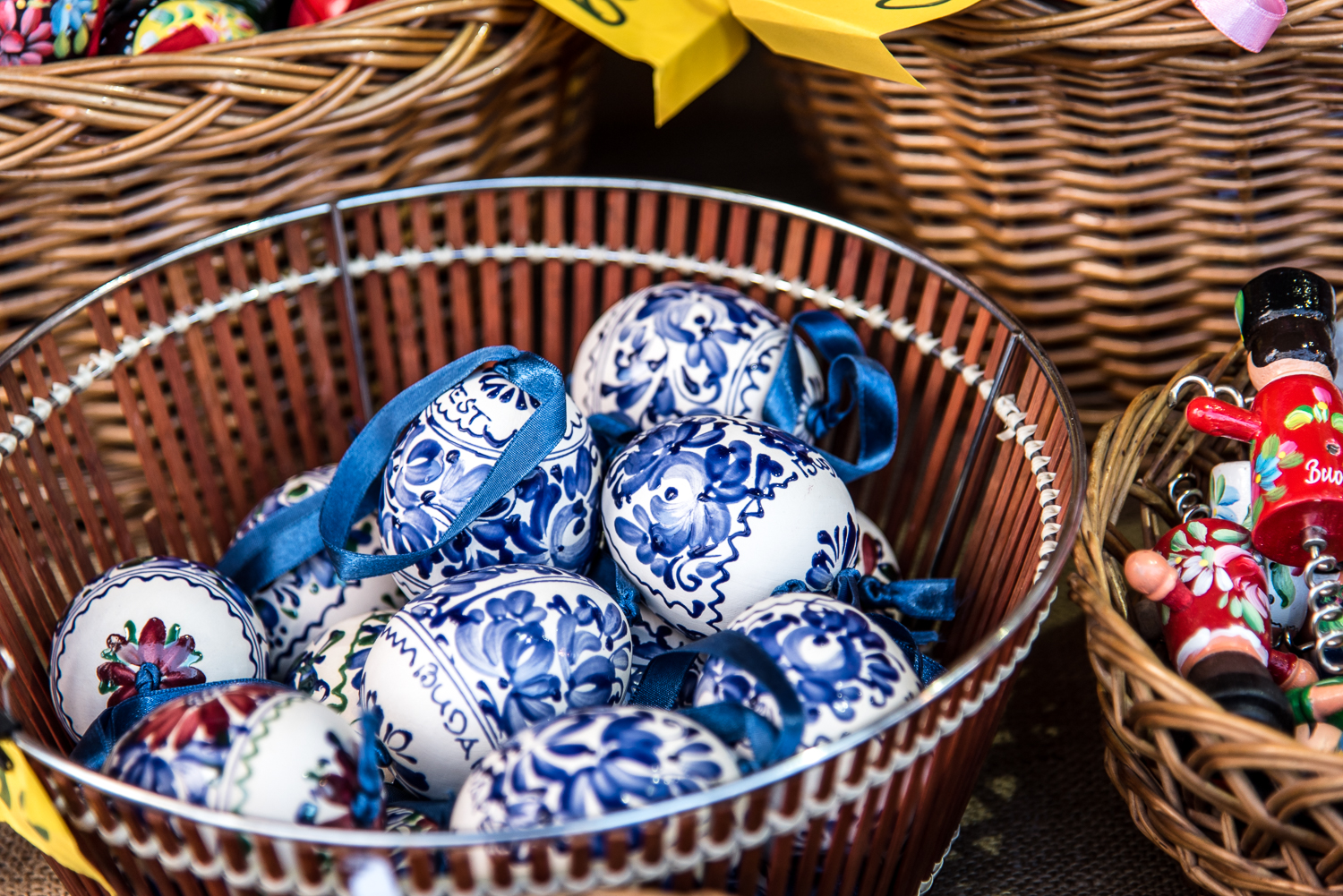The Hungarian Museum of Science, Technology, and Transport obtained the archive photo collection commemorating the once-thriving shipbuilding industry of Budapest from the estate of the Óbuda Shipyard and the Ganz Shipyard. Now, the unique photo documentation, ranging chronologically from the 1900s to the 1950s, is available for free use on the Fortepan online photo archive.
The Óbuda Shipyard, founded in 1835, was one of Budapest’s oldest such facilities. Its golden age lasted until the ’80s on Óbuda Island, and it was officially shut down in 2000, seven years after the appearance of Sziget Festival. The first ship manufactured here – the wooden, side-wheel paddle steamer Árpád – was launched in 1836, and the last ship to leave the shipyard was the icebreaker Széchenyi in 1988, named after the founder of the factory, Count István Széchenyi, the man behind the establishment of Budapest’s Chain Bridge.





For the most part, the shipyard built boats to export abroad and carried out repairs. This is where the second steamboat to travel on Lake Balaton, the Jókai, was built in 1913, as well. With the foundation of the Ganz Shipyard in 1894, the factory had competition; the floating crates and components of the new shipyard, located in Újpest Bay, were used for the reconstruction of Budapest’s bridges after World War II, making the Hungarian floating crane a worldwide phenomenon.


The photographs are documentation of industrial and traffic history; we can follow the complete construction of a ship through the images, from the first welding to launching the finished vessel. While the photos feature plenty of components – including propellers, frames, pillars, and technological details, as well as construction and plant sites – one doesn’t have to be crazy about watercraft or industrial history to find the collection interesting, as the images also follow Budapest life in the 20th century. After a while, portraits of the controversial interwar-era Hungarian Regent Milkós Horthy and Adolf Hitler can be seen hanging from the cabin walls, only to be replaced by portraits of Joseph Stalin a few years later. The dinners and celebrations held under swastikas are telling of the era’s political situation.






Details of Budapest appear on numerous photos, and all images have detailed descriptions next to them. We can expect more rare photographs of transportation history to appear on Fortepan this year, as their cooperation with the Hungarian Museum of Science, Technology and Transport will continue in the future, as well.










